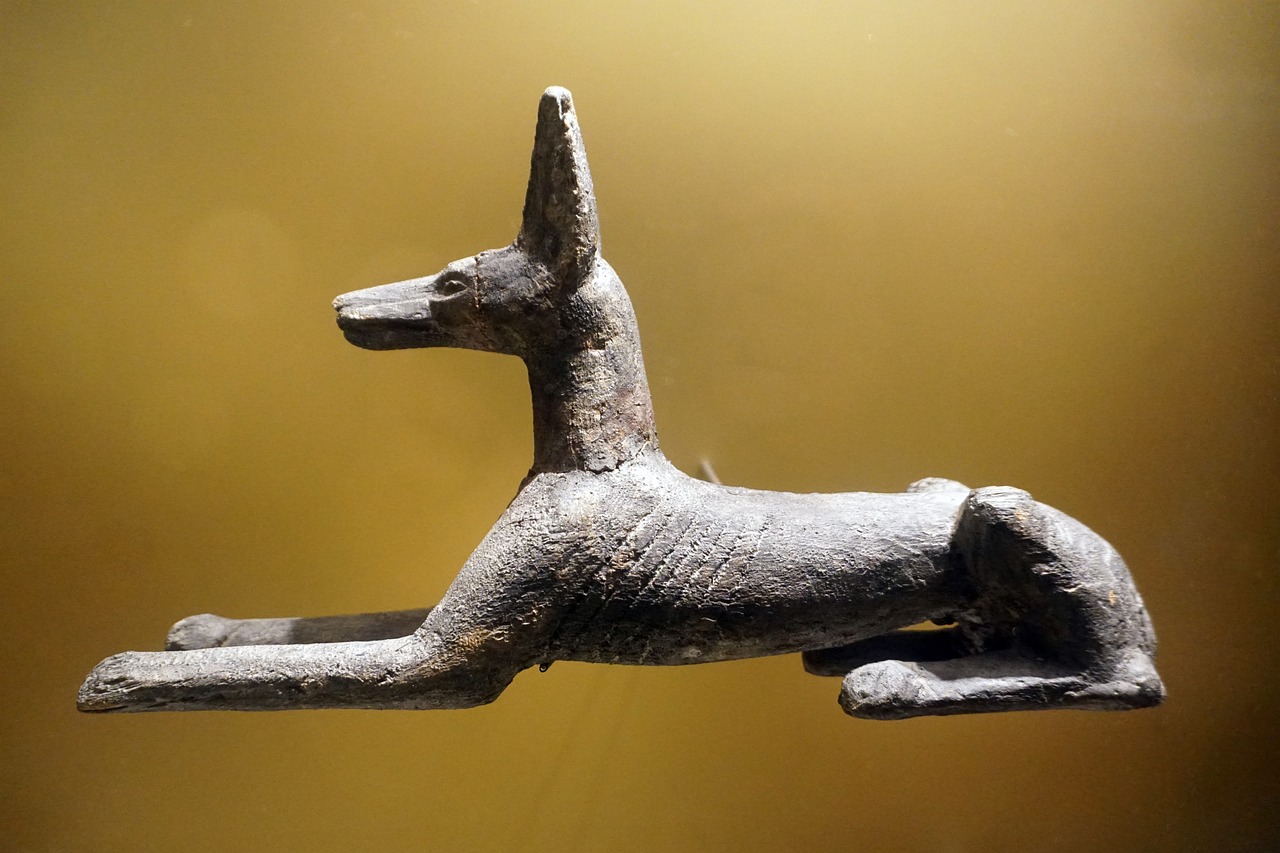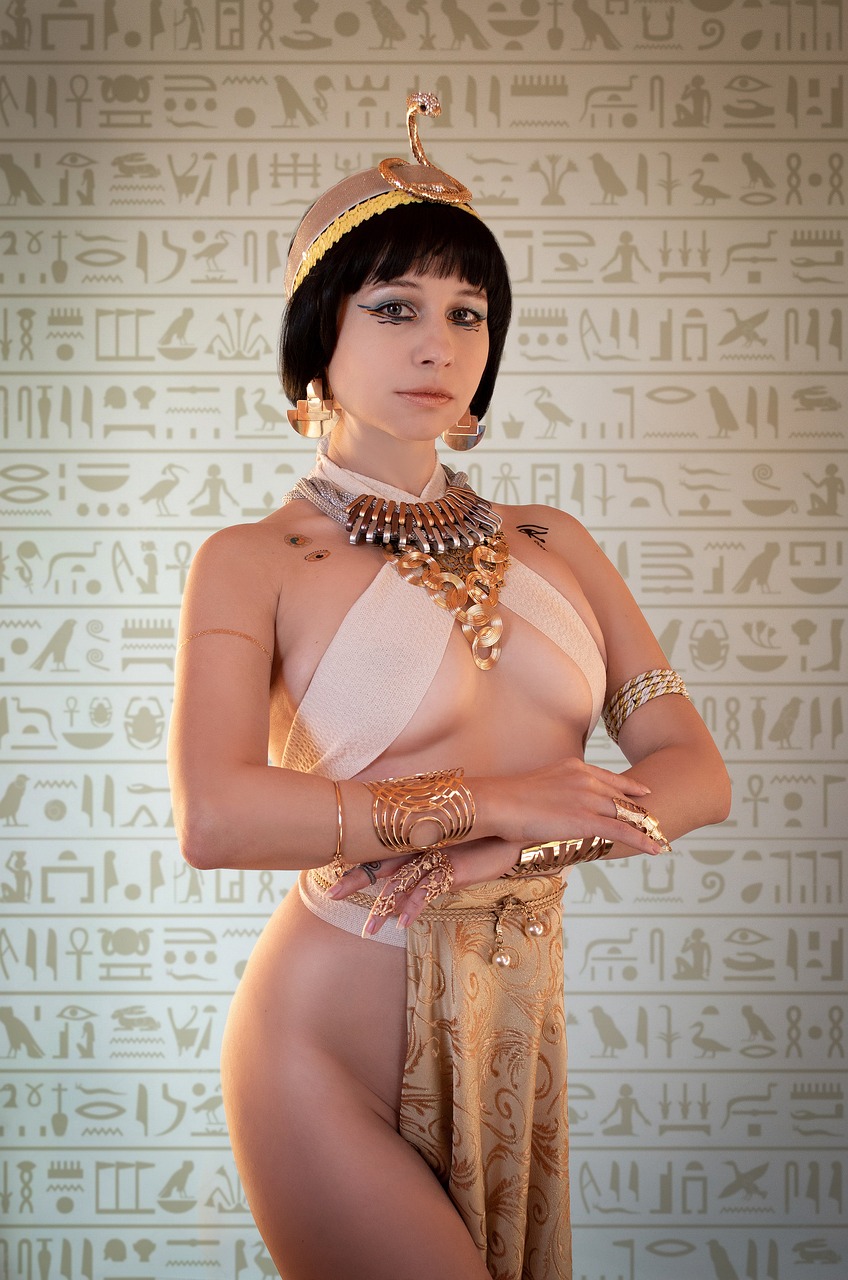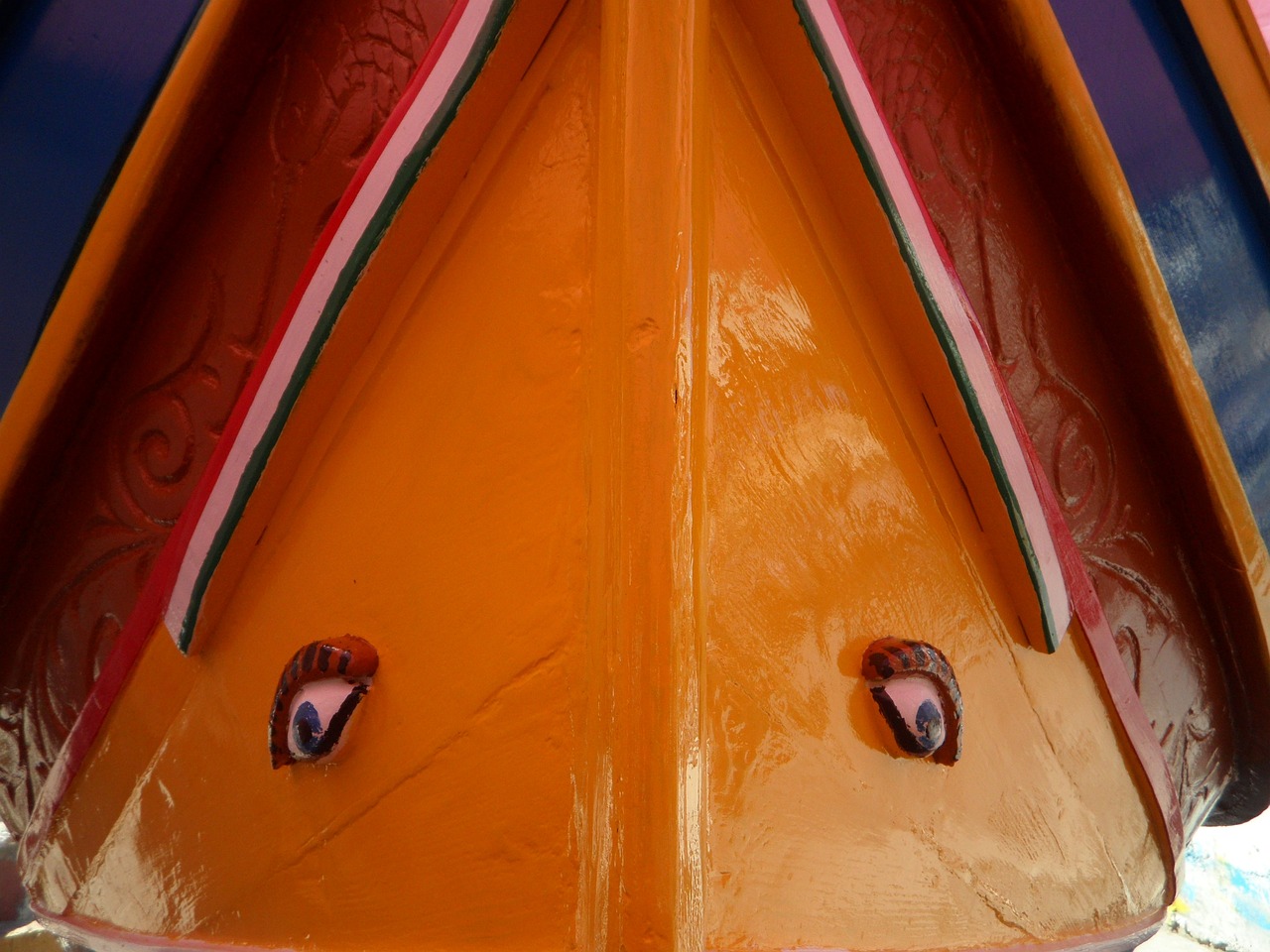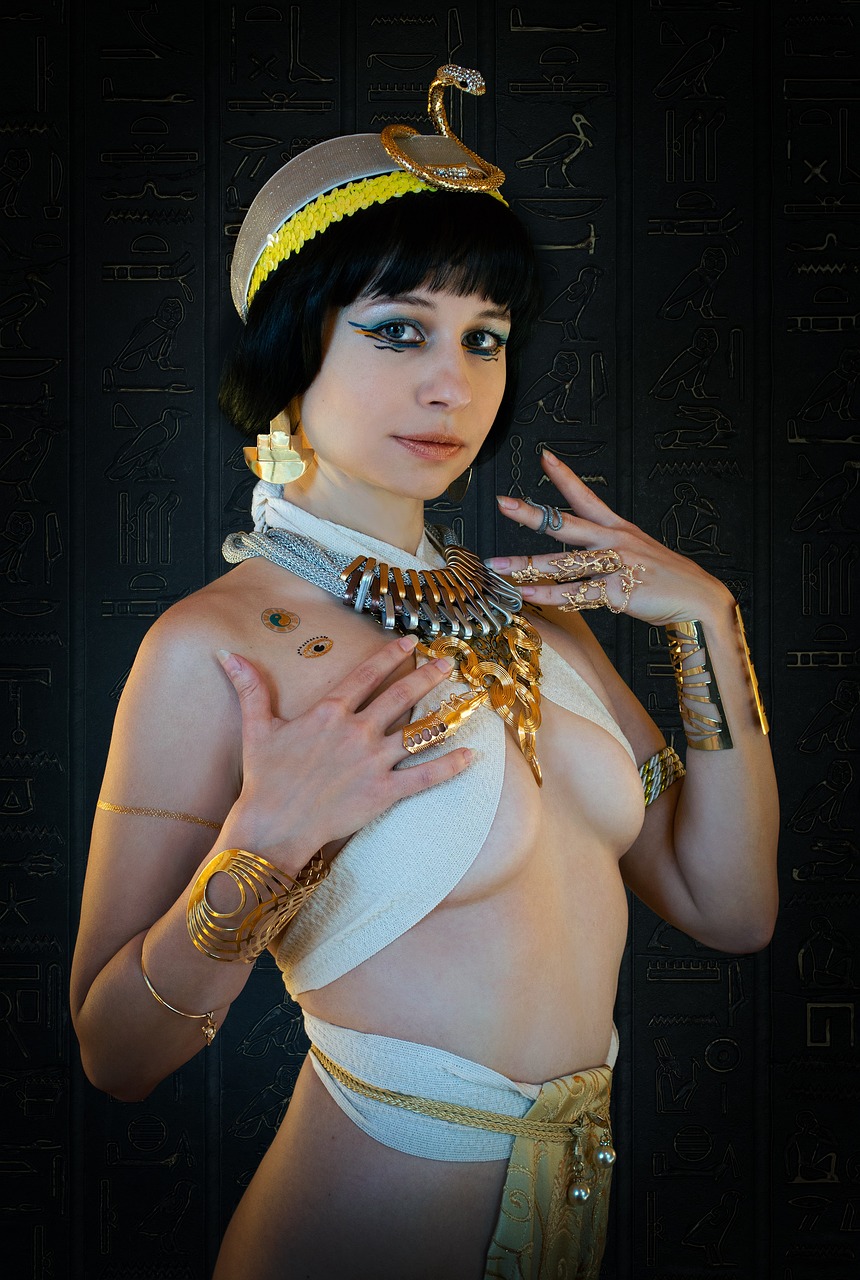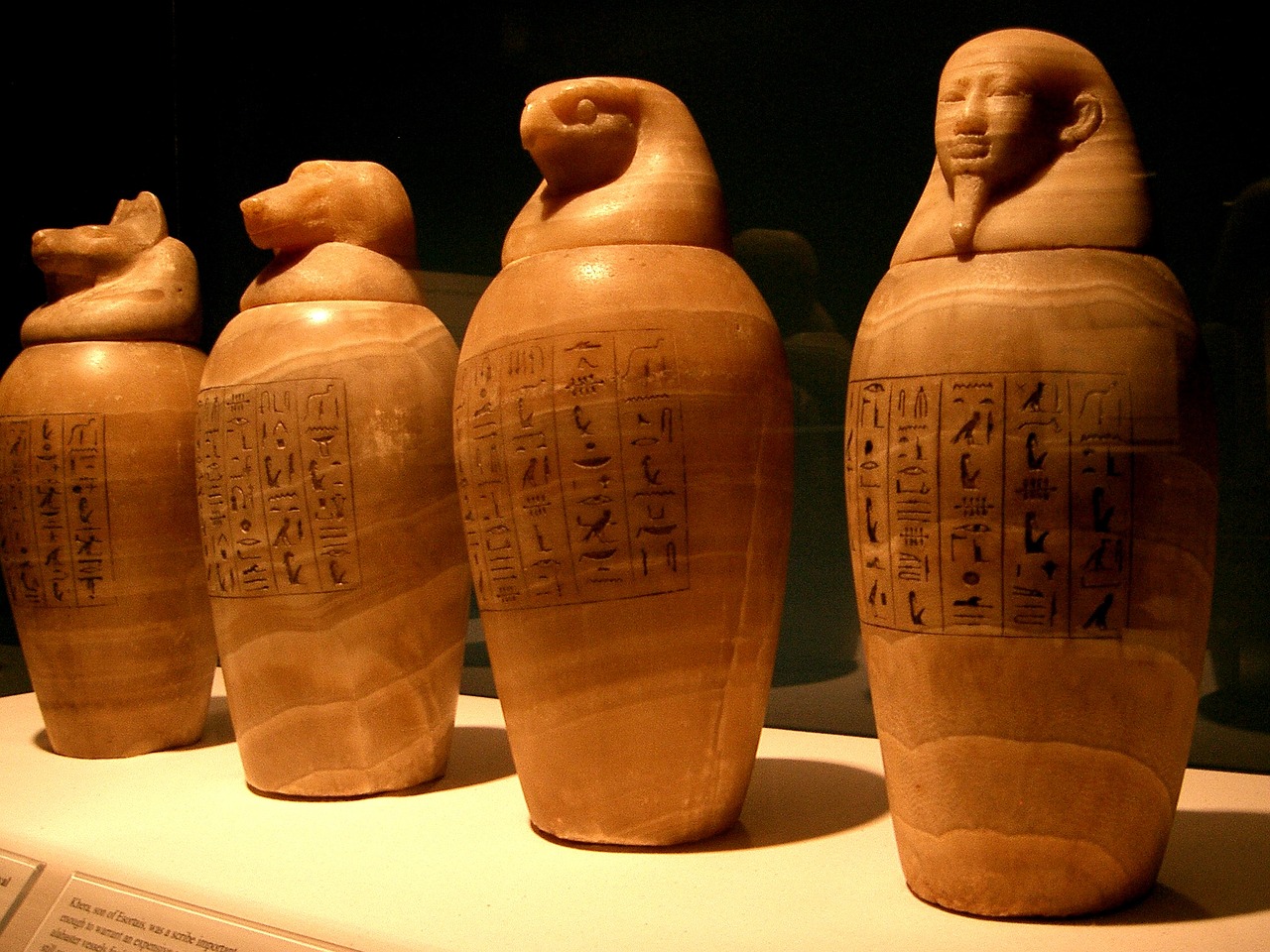Tag: afterlife
-
Anubis: The Ancient Egyptian God of the Afterlife Exploring the beliefs and lore surrounding Anubis, the deity connected with death, mummification, and the Underworld, opens a window into ancient Egyptian culture. Anubis, depicted as a man with the head of a jackal or dog, was regarded as the protector of souls entering the Underworld, known…
-
Exploring the Underworld Journey In the realm of the afterlife, the spirit of the departed would encounter a series of divine entities, mythical beings, and guardians as they navigated their way to meet Osiris and enter the Hall of Final Judgment. This critical meeting would offer the deceased a chance to argue for their right…
-
The ancient Greeks held a profound understanding of death, viewing it as a final passage that individuals must traverse. Following burial, the souls of the deceased were believed to traverse a watery path leading to Hades, the domain of the dead. Once there, these souls remained for eternity, eventually fading from collective memory. The depiction…
-
Nephthys, a prominent deity of ancient Egypt, emerged from the divine lineage of Geb (the earth) and Nut (the sky). As the fourth sibling among the celestial deities—preceded by Osiris, Isis, and Set—Nephthys is also recognized as Horus’s older sister (commonly known as Horus the Elder). As one of the earliest goddesses in the Egyptian…
-
Ancient Egyptian Religion: An Insight into Beliefs and Practices Ancient Egyptian religion, a complex tapestry of beliefs, evolved from indigenous practices dating back to the predynastic era (4th millennium BCE) and persisted until the early centuries CE when traditional customs began to fade. To fully appreciate the intricacies of this religion, it’s essential to understand…
-
Osiris, the green-skinned god representing the afterlife, is among the most significant deities from ancient Egypt. Serving as a source of comfort for those yearning for life beyond death, he symbolized fertility brought by the Nile and served as a model for kingship. Osiris is unique in ancient Egyptian texts as the only god referred…
-
Ancient Egyptian religion represents a rich tapestry of indigenous beliefs that flourished from the predynastic era (4th millennium BCE) until the gradual decline of traditional practices in the early centuries CE. The intricacies of this faith system are woven deeply into the fabric of Egyptian society, especially from around 3000 BCE onward. It’s essential to…
-
Exploring the Enigmatic Ammit: The Devourer of Souls in Egyptian Mythology Ammit, known as the Devourer of Souls, occupies a complex position in Egyptian mythology as a symbol of divine judgment. Often misinterpreted, her role sheds light on the ancient Egyptians’ attitudes towards the afterlife and ethical conduct. This exploration delves into the rich tapestry…
-
Geb, also referred to as Seb or Keb, was a significant figure in the Egyptian pantheon known as the Ennead, encompassing deities honored in ancient Lower Egypt. He symbolized the earth and its fecundity, ultimately becoming linked with the themes of death and resurrection as the earthly resting place of all life. His prominence in…
-
Anubis, a pivotal figure in ancient Egyptian mythology, is known for his association with mummification, funerary practices, and guiding souls to the afterlife. With other names such as Inpu, Inpw, and Anpu, he embodies the essence of protection for the deceased and serves as a patron for lost souls. This deity is among the oldest…

